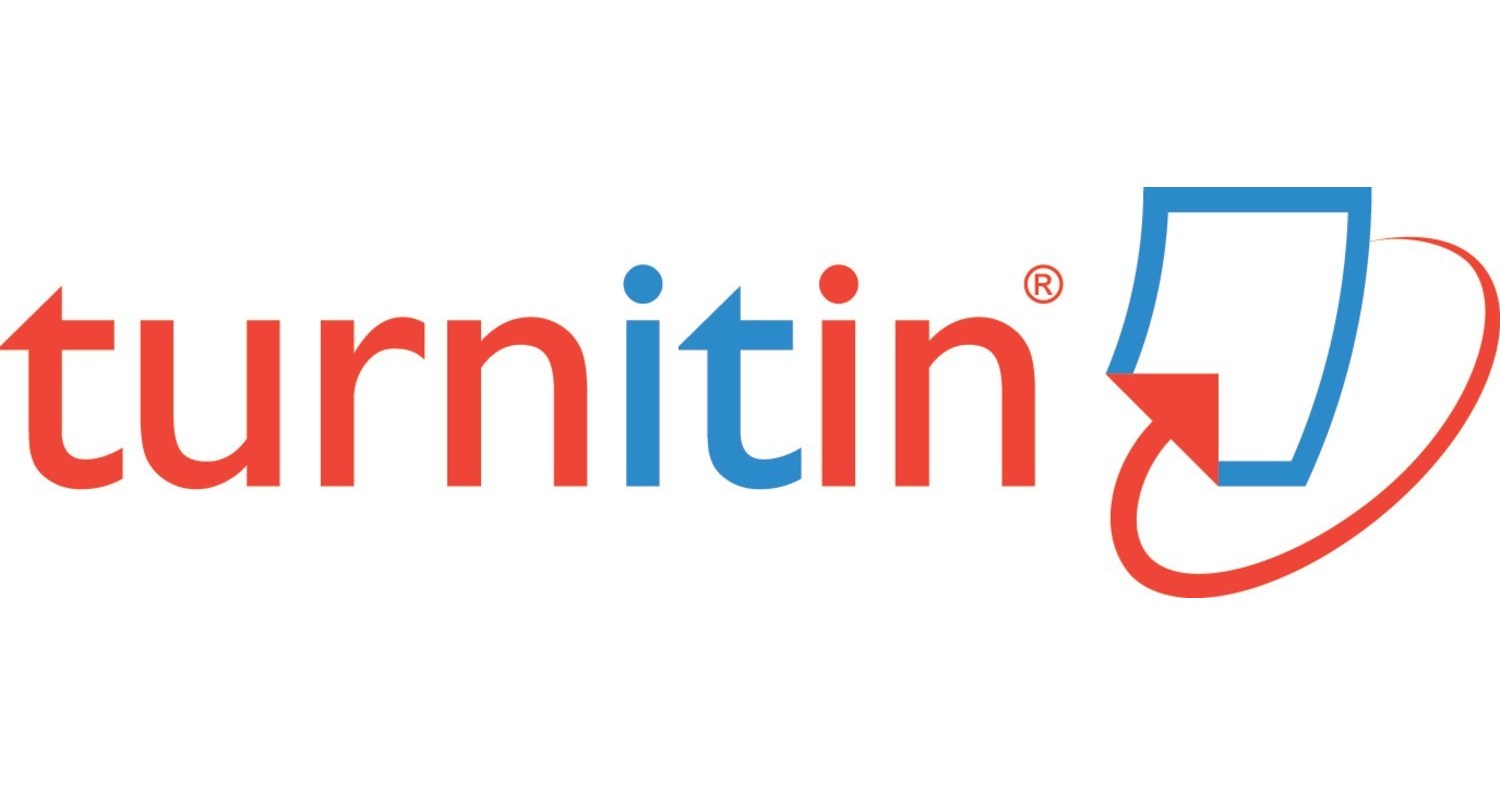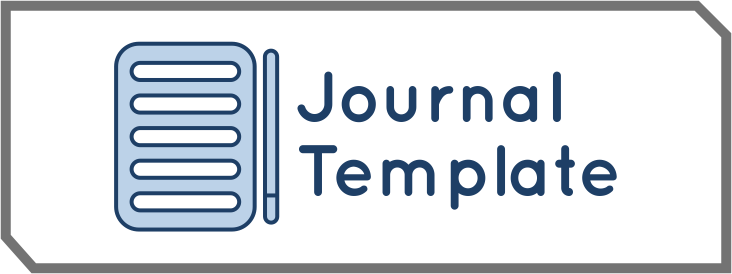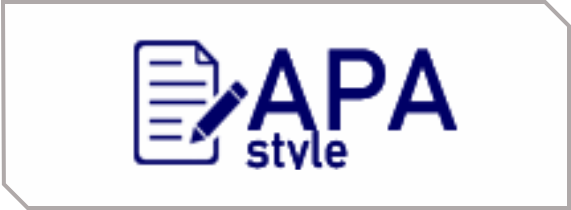Publication Ethics
ISAINTEK: Jurnal Informasi, Sains dan Teknologi (ISSN: 2621-0940 print version and ISSN: 2829-2758 online version) is a peer-reviewed, open-access journal published by P3M (Research and Community Service) at Politeknik Negeri Fakfak. This journal is available in print and online and highly respects the publication ethic and avoids any type of plagiarism. This statement explains the ethical behavior of all parties involved in the act of publishing an article in this journal, including the author, the editor in chief, the editorial board, the peer-reviewers and even the publisher.
This Scientific Publication Code of Ethics is based on Head of LIPI Regulation No. 5 of 2014 concerning the Code of Ethics for Scientific Publications. These ethical guidelines serve as mandatory norms for authors publishing their scientific work in academic media and include the following principles:
- Morality – The ability to differentiate between ethical and unethical behavior in writing.
- Scientific Integrity – Upholding scientific principles, objectivity, and truth without compromising them for personal or external interests.
- Neutrality – Ensuring that the publication process is free from conflicts of interest.
- Fairness – Granting authorship rights to those who are legitimately entitled.
- Honesty – Avoiding duplication, fabrication, falsification, and plagiarism (DF2P) in publications.
Disclosure and Conflict of Interest
Unpublished materials from submitted articles may not be used in the editor’s own research without the author's written consent.
Duties and Responsibilities of the Editor-in-Chief
The Editor-in-Chief is responsible for overseeing the journal’s overall management and ensuring its credibility. Their duties include:
- Determining the journal's name, scientific scope, publication frequency, and accreditation (if required).
- Appointing and managing the editorial team.
- Defining the roles and responsibilities of publishers, editors, reviewers, and other stakeholders.
- Upholding confidentiality for researchers, authors, editors, and reviewers.
- Implementing intellectual property rights (IPR) norms, particularly concerning copyrights.
- Reviewing journal policies and effectively communicating them to authors, editors, reviewers, and readers.
- Establishing and enforcing ethical guidelines for editors and reviewers.
- Ensuring timely publication of the journal.
- Securing funding sources for the journal’s sustainability.
- Developing collaborations and marketing networks to enhance journal visibility.
- Continuously improving the quality of the journal.
- Managing licensing and other legal aspects related to the journal.
Duties and Responsibilities of Editors
Editors play a crucial role in ensuring the clarity, accuracy, and integrity of published research. Their responsibilities include:
- Providing constructive feedback to authors to enhance readability and comprehension.
- Ensuring compliance with language and formatting standards, including adherence to EBI (Indonesian Spelling) or the journal’s language standardization.
- Striving for continuous improvement in the quality of publications.
- Upholding objective editorial judgment while maintaining freedom of expression.
- Issuing corrections, clarifications, retractions, or apologies when necessary.
- Ensuring that submitted works do not contain racist or harmful content, and consulting the Editor-in-Chief if a submission is controversial.
- Handling complaints and concerns from all parties involved in the publishing process.
- Supporting initiatives to educate researchers on publication ethics.
- Avoiding bias and refraining from favoring personal, authorial, or third-party interests that could compromise objectivity.
- Encouraging authors to revise and improve their manuscripts until they meet the journal’s standards.
- Formatting articles to align with the journal’s template before publication.
- Assisting the Editor-in-Chief in finalizing articles before printing and online publication, particularly in language, format, and layout.
Duties and Responsibilities of Peer Reviewers (Bestary Partners)
Peer reviewers (Bestary Partners) are responsible for evaluating the scientific quality and relevance of submitted manuscripts. Their duties include:
- Providing objective and unbiased written feedback on the manuscript’s scientific contributions.
- Assessing whether the manuscript is clear, complete, and relevant to the journal’s scope.
- Refraining from personal criticism or inappropriate remarks.
- Maintaining confidentiality by not discussing the manuscript with unauthorized parties or disclosing its content to others.
Author Ethics
Authors submitting scientific articles to ISAINTEK journals must adhere to the following ethical guidelines:
- Commitment to Scientific Integrity – Authors must uphold ethical research practices and be aware of the benefits, significance, and potential risks associated with their published work.
- Avoidance of Research Misconduct – Submitted articles must be free from any form of academic dishonesty, including fabrication, falsification, plagiarism, or self-plagiarism.
- Proper Citation and Attribution – Authors must provide adequate citations for all statements, ideas, and data that are not the result of their original research.
- Ethical and Responsible Publishing – Published articles must not create conflicts with any parties or contain content that could cause public concern or harm.
- Authorship Credibility – Only individuals who have made significant contributions to the research and writing process should be listed as authors.
- No Simultaneous Submissions – Authors must not submit the same manuscript to multiple journals or other journal publisher simultaneously.
- Originality of Publication – The article, in whole or in part, must not have been previously published in any other journal publisher.
- Original Research Contribution – The submitted manuscript must present the authors' original research findings, ideas, or concepts.
Ethical Compliance Statement
Once an article is accepted, the author must complete and sign the Author's Statement on the Code of Ethics for Scientific Publications, affixed with a legal stamp by the primary author.














